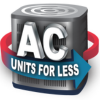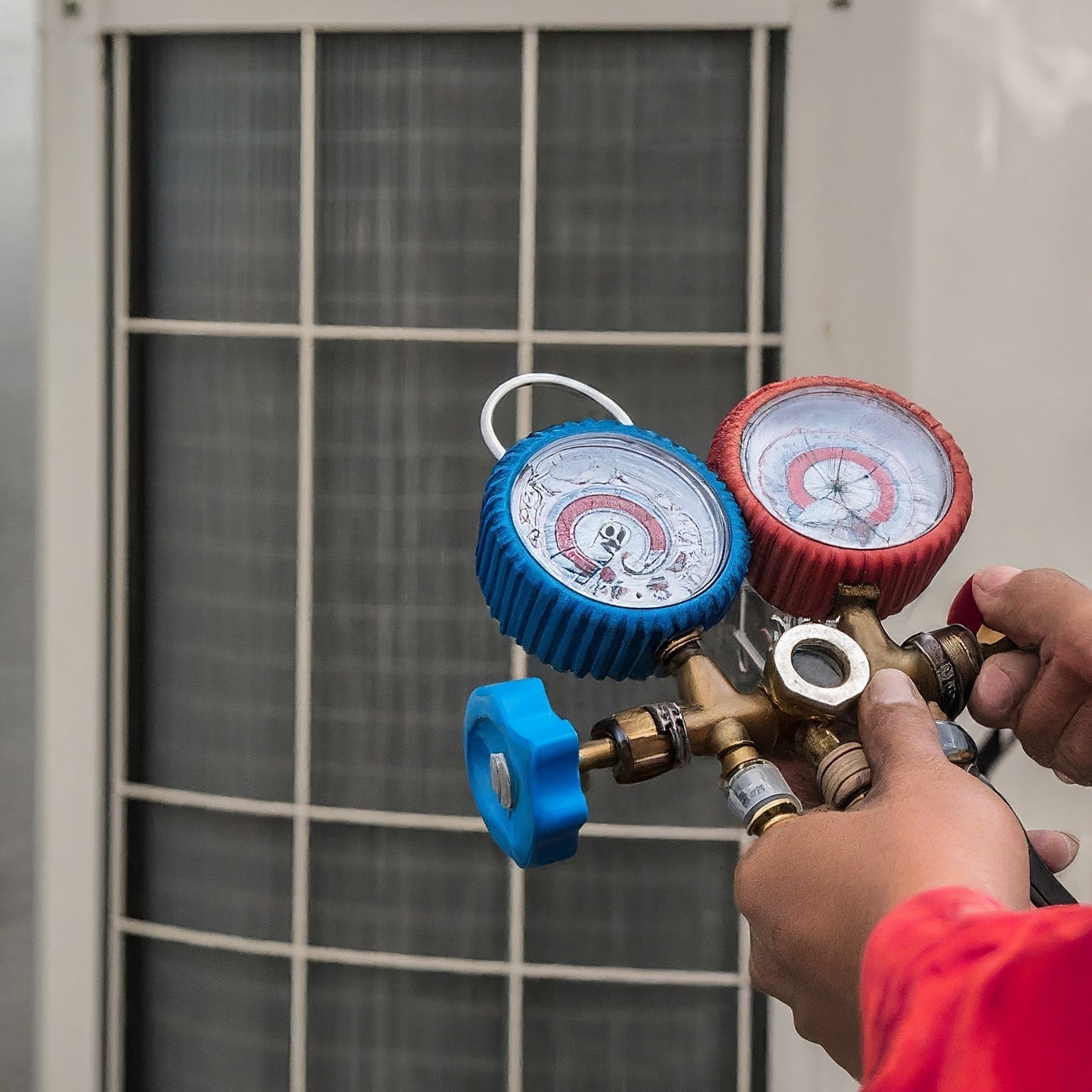The Evolution of the HVAC Industry: Transitioning to R32 and R454B Refrigerants
The HVAC (Heating, Ventilation, and Air Conditioning) industry is undergoing significant changes with the adoption of new refrigerants, particularly R32 and R454B. These changes are primarily driven by the need for more environmentally friendly solutions that reduce the carbon footprint and global warming potential (GWP) of cooling systems. This article explores the implications of these changes, the characteristics of the new refrigerants, and their impact on the industry.
Introduction to Refrigerants and Environmental Impact
Refrigerants play a crucial role in the functionality of HVAC systems by absorbing heat and releasing it elsewhere through refrigeration cycles. However, many traditional refrigerants, such as R22 and R410A, have high global warming potentials, contributing significantly to climate change. As a result, there has been a push to develop and adopt refrigerants with lower environmental impacts.
R32 Refrigerant
Properties and Benefits
R32, or difluoromethane, is a hydrofluorocarbon (HFC) that has been adopted as a promising alternative to older refrigerants like R410A, which is commonly used in air conditioning systems. R32 has a GWP of 675, which is significantly lower than R410A’s GWP of 2088. Additionally, R32 is more energy-efficient, which can lead to lower electricity consumption and reduced operational costs.
Challenges and Considerations
While R32 is less harmful to the environment compared to its predecessors, it is not without its challenges. R32 is classified as mildly flammable (A2L), which necessitates careful handling and specific safety measures during installation and maintenance. The flammability of R32 has prompted changes in regulations and standards for equipment design to ensure safety.
Understanding R-454B: A Major Shift in HVAC Refrigerants
Unless you're involved in the HVAC (Heating, Ventilation, and Air Conditioning) sector, the specifics of R-454B refrigerant might not seem immediately relevant. However, this new refrigerant is making significant waves within the industry, and it's likely that it could be featured in your next air conditioner or heat pump.
The Basics of R-454B Refrigerant
Developed through a collaboration between Carrier and the Chemours Company, R-454B—also known as Puron Advance—is a response to the environmental targets set by the 2016 Kigali Amendment to the Montreal Protocol. This amendment aims to reduce the usage of hydrofluorocarbons (HFCs) by over 80% within the next 30 years. HFCs, commonly used in refrigerants since the late 1980s, do not harm the ozone layer but are potent greenhouse gases.
R-454B was created as an alternative to R-410A, the standard refrigerant in many current systems, known commercially as Puron. Notably, R-454B boasts a significantly lower global warming potential (GWP) of 466, compared to R-410A’s GWP of 2088.
Transitioning from R-410A to R-454B
If your system currently uses R-410A, there's no immediate need for action. However, with R-410A set to be phased out in new systems by 2023, the transition to R-454B will soon be unavoidable. This shift may lead to increased costs for repairs as R-410A becomes scarce.
The introduction of R-454B is expected to meet and exceed upcoming regulatory requirements. With major manufacturers like Mitsubishi Electric, Carrier, Johnson Controls, and Trane opting for R-454B, it’s clear this refrigerant will play a pivotal role in future HVAC solutions.
Industry and Consumer Impact
For the Industry: The rollout of R-454B is significant. It requires HVAC professionals to update their knowledge and adapt to new safety standards due to the refrigerant's mild flammability. Comprehensive training will be essential, with organizations like the Air Conditioning Contractors of America (ACCA) and North American Technician Excellence (NATE) offering specialized certifications.
For Consumers: Most homeowners don't need to worry about the type of refrigerant in their systems as long as they are functioning correctly. However, those considering system replacements should be aware that newer models will likely use R-454B or another low-GWP refrigerant.
Why This Matters
The global demand for air conditioning is expected to triple by 2050, significantly impacting environmental sustainability due to increased energy use and high GWP refrigerants. The shift to R-454B aligns with broader industry efforts to reduce environmental impact and comply with federal regulations, like the American Innovation and Manufacturing (AIM) Act of 2020, which mandates a substantial reduction in HFC production and consumption.
Conclusion
While the transition to R-454B may be complex and require a period of adjustment, it represents a crucial step towards more sustainable and efficient air conditioning technology. For homeowners, this change means that while immediate action isn't necessary, being informed about future trends will help when making decisions about HVAC upgrades or replacements. Whether you're replacing your system soon or in the distant future, understanding these developments ensures that you are prepared for the evolving landscape of home cooling technology.

